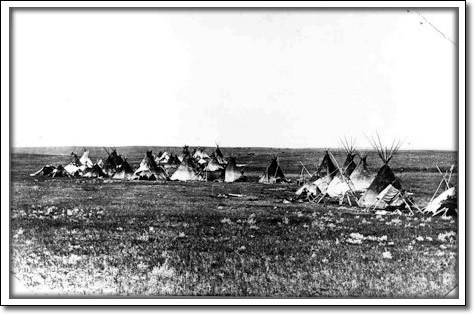Manitoba Heritage Council Commemorative Plaques
Assiniboin (Nakota) First Nation

Installed 2000
Interpretive Centre
Spruce Woods
Provincial Park
In the early 1700s, the Assiniboin people occupied the northern plains from the Red River to the Rocky Mountains. The Assiniboine River is named after this branch of the Dakota Nation. Composed of several independent groups, totalling about 28,000 people, they spoke Nakota, a variation of the Siouan Dakota language. They travelled widely on a seasonal basis and lived in encampments of 400 to 1500 people, sometimes gathering in groups of up to 3,000.
The Assiniboin played a key role in developing the inland fur trade. They encouraged and guided early explorers such as Pierre Gaultier de Varennes de La Verendrye, supplied pemmican to forts and fur brigades, and traded as far north as York Factory on Hudson Bay. Alliances with Cree and Ojibway to the north and east, and Mandan and Hidatsa to the south, formed a trading network that became the foundation of the early fur trade.
By the mid-1800s, European diseases had decimated the Assiniboin population. Responding to westward expansion of the fur trade and decline in local bison herds, the Assiniboin left southwestern Manitoba and moved to Saskatchewan, Alberta and Montana, where their descendants remain.


